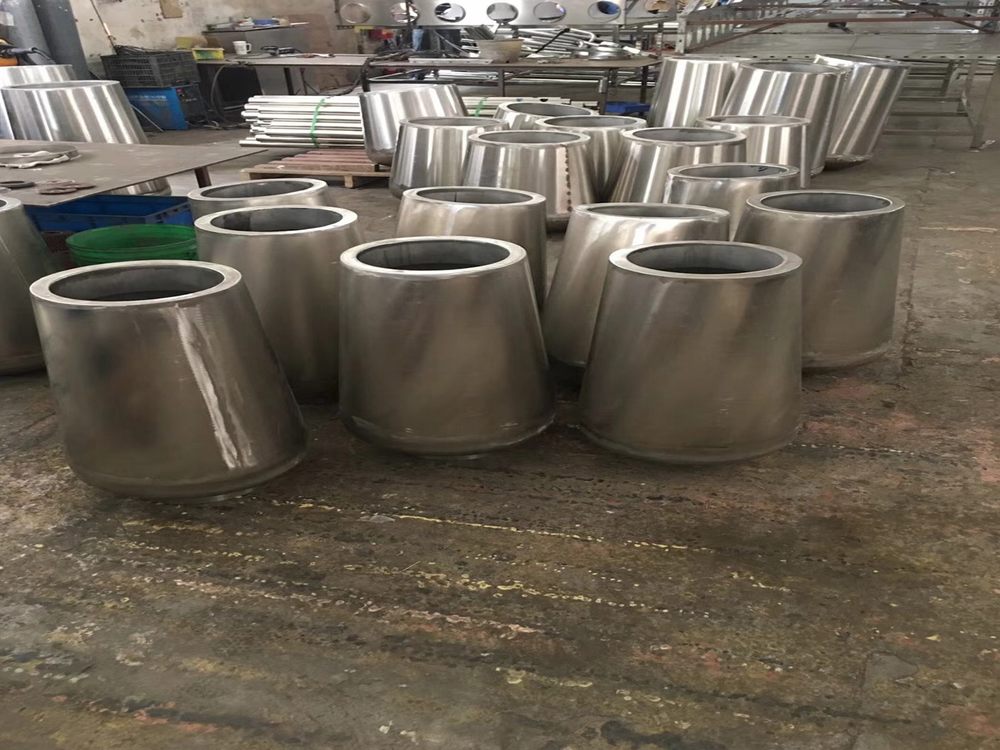
Bronze sculptures have long been revered for their ability to convey profound narratives and unify thematic elements within art collections. Their durability and timeless appeal make them ideal for preserving cultural and historical stories, while their tactile and three-dimensional nature invites viewers to engage deeply with the artwork.
One of the key ways bronze sculptures contribute to narrative cohesion is through their symbolic richness. Artists often use bronze to depict mythological, historical, or allegorical figures, creating a visual language that ties disparate pieces of a collection together. For example, a bronze sculpture of a Greek god in a classical art collection can serve as a thematic anchor, linking other works to a shared cultural heritage.
Thematically, bronze sculptures often act as focal points, drawing attention to central ideas such as human struggle, triumph, or transcendence. Their materiality—cold yet lifelike—adds layers of meaning, contrasting with paintings or other mediums to create a dynamic dialogue within the collection.
Moreover, the patina and texture of bronze sculptures evolve over time, mirroring the passage of history and adding a temporal dimension to the collection’s narrative. This interplay of material and theme ensures that bronze sculptures remain indispensable in curating cohesive and compelling art exhibitions.
In summary, bronze sculptures are not merely decorative; they are storytellers and unifiers, enriching art collections with their narrative depth and thematic resonance.

